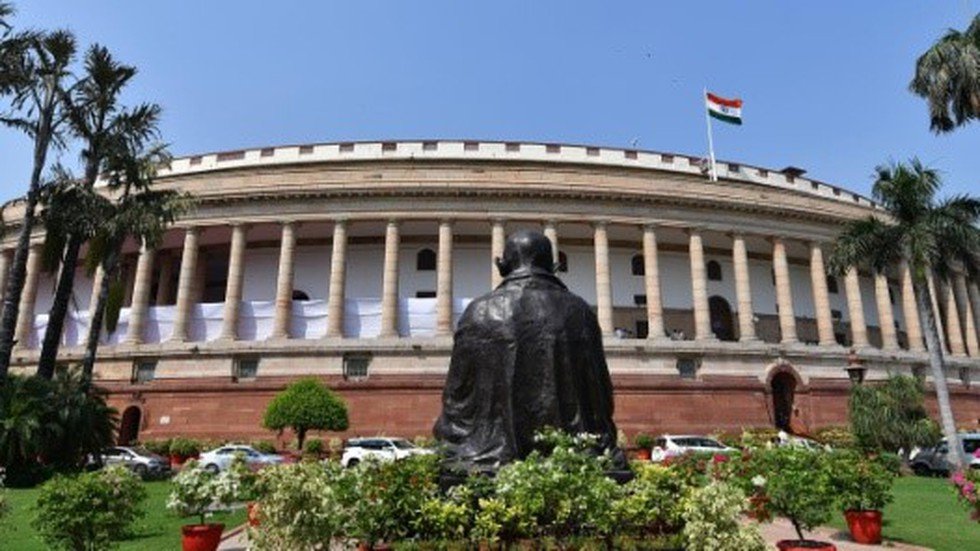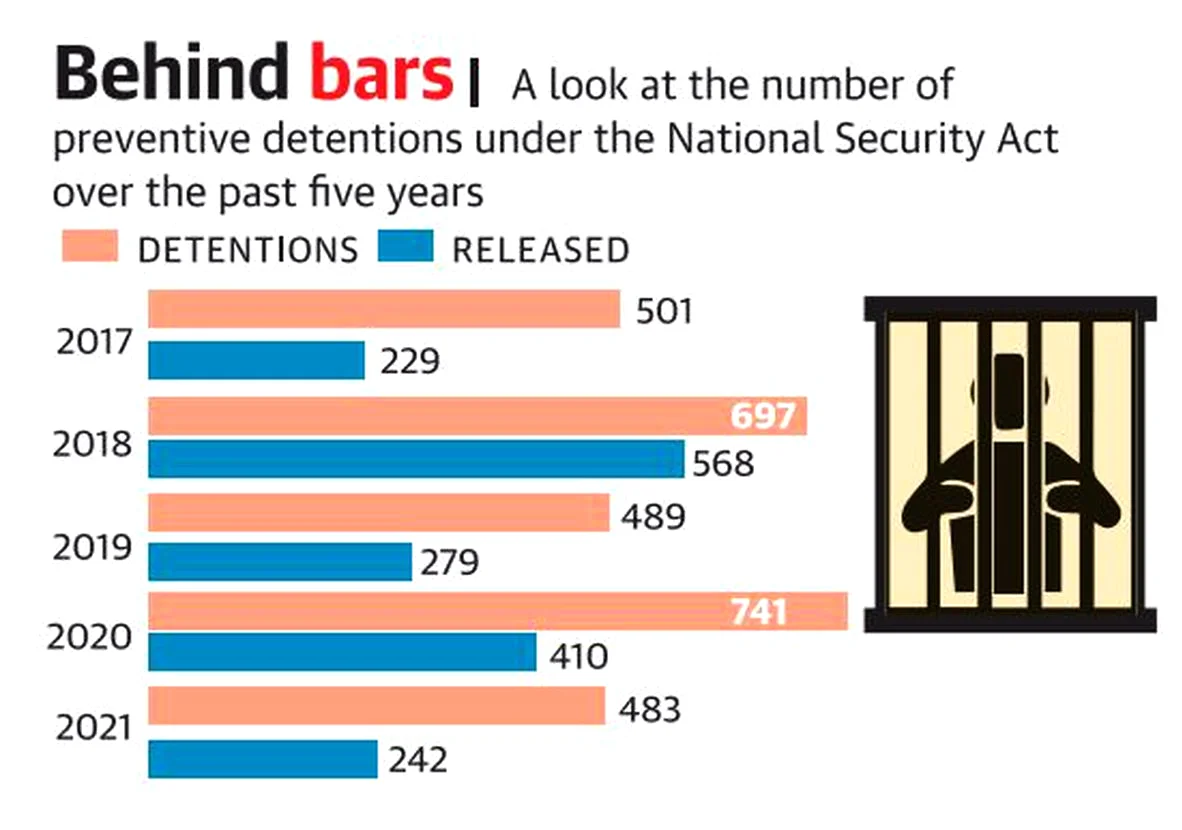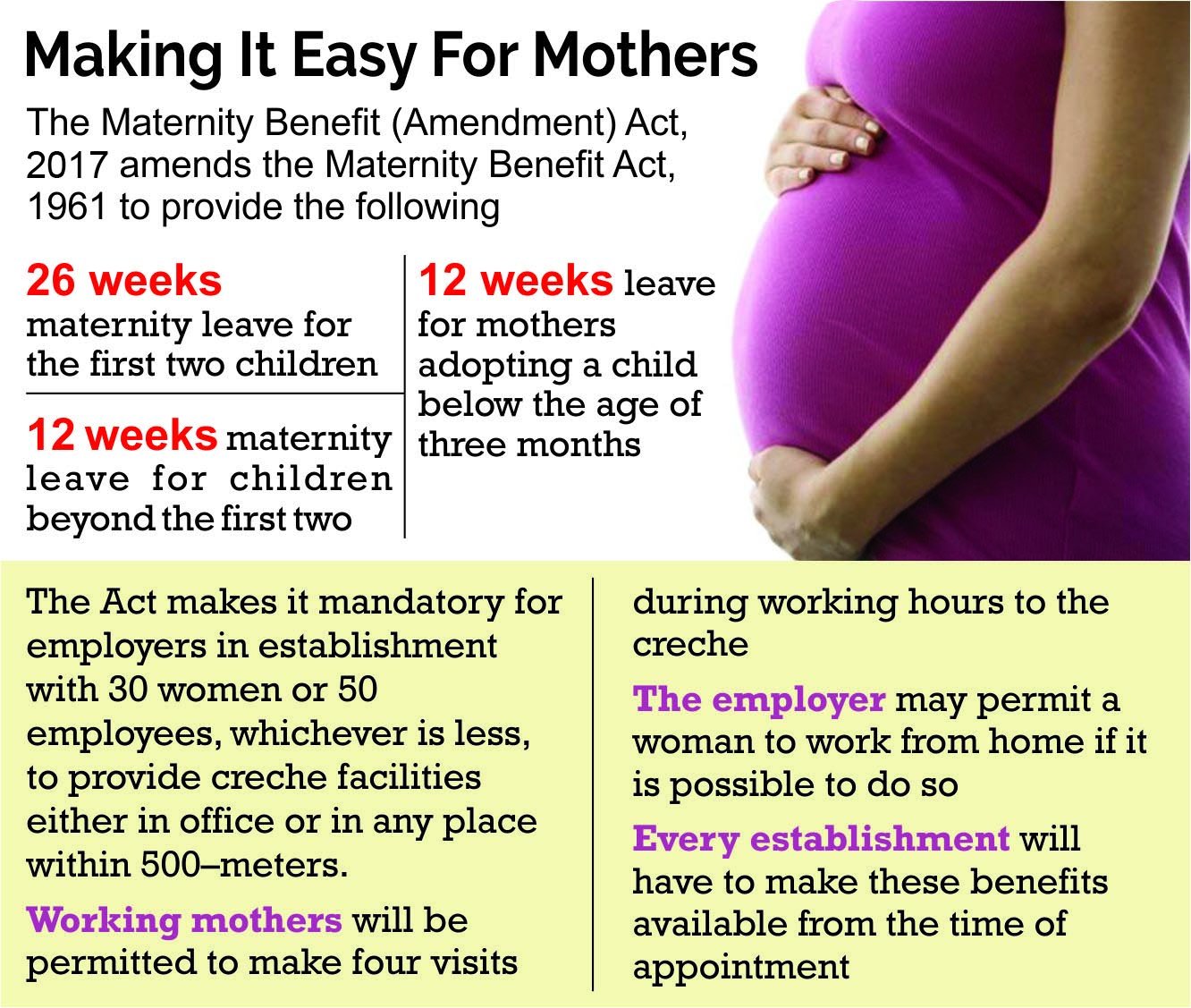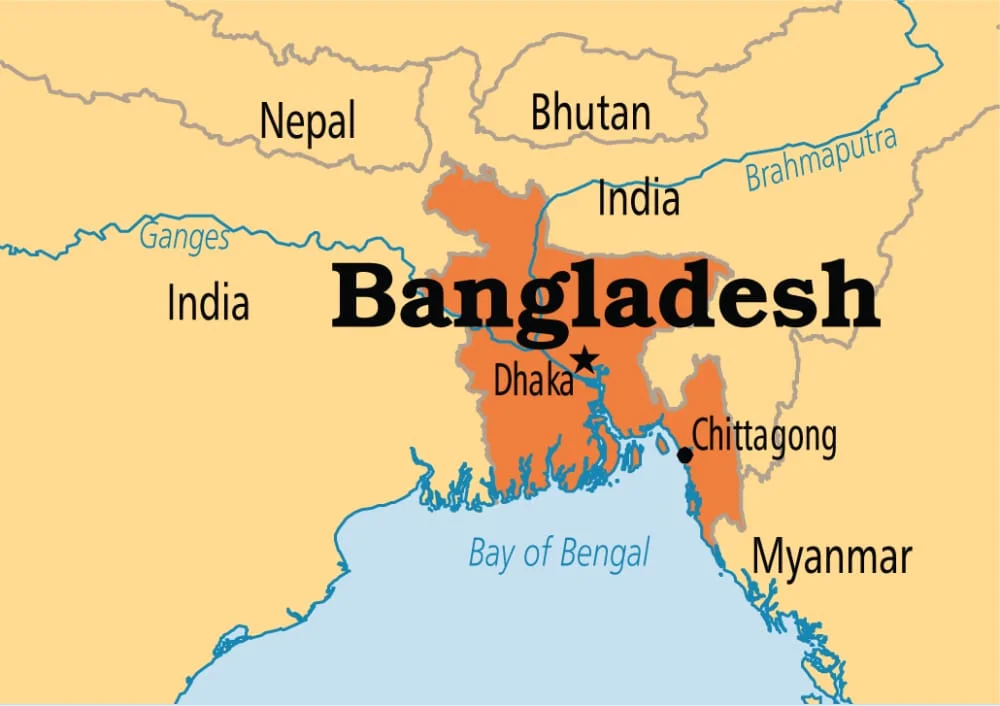
Expanded Programme on Immunization (EPI)
Subscribers of "Current Affairs" course can Download Daily Current Affairs in PDF/DOC
Subscribe to Never Miss an Important Update! Assured Discounts on New Products!
Must Join PMF IAS Telegram Channel & PMF IAS History Telegram Channel
- Context (TH): The Expanded Programme on Immunization (EPI) has completed 50 years.
- EPI was launched by the World Health Organization (WHO) in 1974.
- India launched the EPI in 1978, and 1985, it was renamed the Universal Immunization Programme (UIP).
EPI: A success story
- From vaccines for the prevention of six diseases in 1974, it now includes universally recommended vaccines against 13 diseases and 17 additional vaccines for context-specific diseases.
- In the early 1970s, around 5% of children in low- and middle-income countries had received three doses of DPT, which increased to 84% in 2022 at the global level.
- Smallpox has been eradicated, and polio has been eliminated from all except Afghanistan & Pakistan.
- In India, the coverage has increased every passing year, and in 2019-21, 76% of children received the recommended vaccines.
- It is estimated that every dollar (or rupee) spent on vaccination programmes ensures a seven- to eleven-fold return.
- Immunisation often remains the only intervention with greater utilisation from the government sector. For instance, in India, the private sector’s share of overall health services is nearly two-thirds; however, nearly 85% to 90% of all vaccines are delivered from government facilities.
|
Decline trend and disparieites in immunisation
- According to UNICEF’s ‘The State of the World’s Children’ report (2023), Childhood immunisation coverage declined in 2021.
- In 2022, globally, an estimated 14.3 million children were given zero doses (did not receive any recommended vaccine), while another 6.2 million children were partially immunised.
- Moreover, persisting inequities in coverage by geography, socio-economic strata, and other parameters demand urgent interventions.
- It is often believed that the vaccines are only for children, leading to lower coverage among adults.
Vaccination coverage among adults
- Vaccines have been available to all age groups since the first vaccine against smallpox.
- Vaccines for Rabies, cholera, and typhoid developed between the 1880s-90s were primarily for adults.
- The first vaccine plague (in 1897) was from India and meant for individuals across all age groups.
- The BCG vaccine (against tuberculosis) was first introduced in a nationwide campaign in 1951 and was also administered to the adult population.
- However, the limited supply and scarcity of resources led to vaccination programmes prioritising children, who were most vulnerable.
Suggestions to improve adult vaccine coverage
- Essential Program on Immunization: EPI should be extended to a programme focusing on zero-dose children, addressing inequities in vaccine coverage, and offering vaccines to adults and the elderly. The recent announcement on HPV vaccines for teenage girls is a good start.
- The National Technical Advisory Group on Immunization (NTAGI) should start providing recommendations on the use of vaccines in adults and the elderly.
- Medical colleges and research institutions should generate evidence on the burden of diseases in the adult population in India.
- The prevailing myths and misconceptions must be proactively addressed to tackle vaccine hesitancy.
|


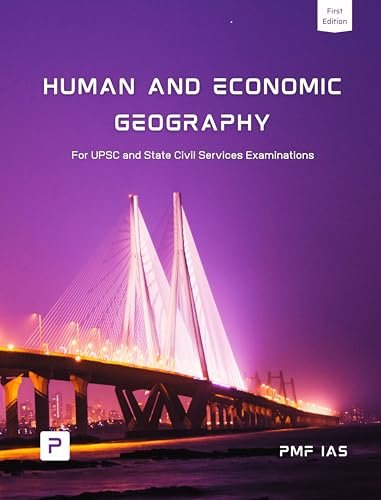





![PMF IAS Environment for UPSC 2022-23 [paperback] PMF IAS [Nov 30, 2021]…](https://pmfias.b-cdn.net/wp-content/uploads/2024/04/pmfiasenvironmentforupsc2022-23paperbackpmfiasnov302021.jpg)


